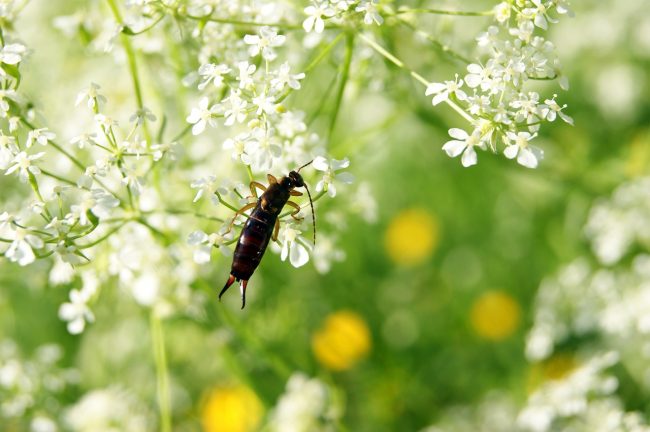From the Facebook of Wisconsin Horticulture – Extension:
As a result of one of the wettest Junes in a decade, earwigs have caused major frustration in Wisconsin gardens this summer ![]()
![]()
Earwigs feed primarily at night. During the day they hide in dark, moist places such as mulch piles, compost piles or wet garden beds. Serious feeding damage may occur on the roots and leaves of flowers, vegetables, fruits and other tender, young plants.
Their feeding damage looks a lot like slug damage, as they chew numerous, small, irregular holes, leaving the leaves with a ragged appearance. However, they don’t leave behind a telltale slime trail associated with slugs.
If you spot earwig damage in your garden, don’t pull out your bottle of insecticide yet! Trapping is an easy way to reduce earwig populations without harming beneficial insects. Learn how: hort.extension.wisc.edu/articles/earwigs/





